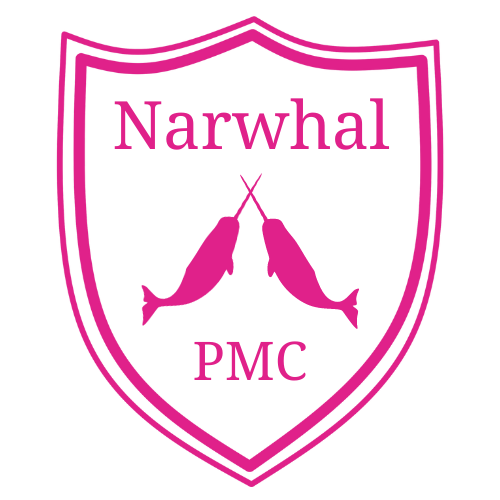Sharks with Lasers & Golden Dome - Risk Management Considerations for Small Businesses
The Missile Defense Agency (MDA) announced this week that it has moved its Golden Dome industry day to June 11, 2025. While I would love to see sharks with space lasers defending America as much as the next person, it’s not going to happen overnight. To achieve this bold program, MDA director Air Force Lt. General Heath Collins, as reported by National Defense Magazine stated, “We certainly cannot do Golden Dome the way we’ve been doing business the last five years or so. It’s not fast enough, it’s not agile enough, way too risk-averse.”
Collins’ indication about shifting to being more risk seeking does not mean throwing risk management out the window.
In fact, to move fast and be innovative, you need an exceptionally strong risk management approach, or you will end up blowing up your schedule, cost and technical performance. Golden Dome could be a half a trillion dollar undertaking. It will require a well thought out and executed program risk management system that captures technical, programmatic and business risks and effectively responds to them.
MDA has indicated that it is already considering how to mitigate risks to program success. National Defense Magazine also reported that “Collins said within the next five years he expects to see ‘demonstrating and burning down a lot of risk and increasing tech maturity on a lot of these new concepts’ such as space-based interceptors, directed energy and non-kinetic effectors.”
With that in mind, here are 3 risk management considerations for small businesses that want to move fast, while increasing technological maturity as part of the Golden Dome program:
1. Address risk management throughout the program lifecycle
Your service or technology offering needs to address how you will manage risk throughout the life cycle of the program. How will you innovate quickly, but still maintain high quality and technical performance? Are there equipment or processes you already have or should invest in? How will you track, and report risks so that they are nested within how Golden Dome is managing risk?
2. Learn from the past
You should deep dive lessons learned from your past experiences and the experiences of others so you can avoid making the same mistakes. For example: What testing do you actually need to perform? What are the risks of concurrency in my schedule? What can be modeled prior to testing? At a macro level, I recommend looking at past GAO reports on some of MDA’s programs.
3. Make object risk informed decisions
Risk informed decisions need to be made based on as much objective data as possible. If criteria haven’t been flowed down to you, establish clear standards for what probability and impacts are considered low, medium and high. This will increase consistency and traceability in how you mitigate risks. Engineering judgement is not objective data. It’s helpful, but still subjective.
What risks immediately come to mind as you're thinking about Golden Dome?
References:

